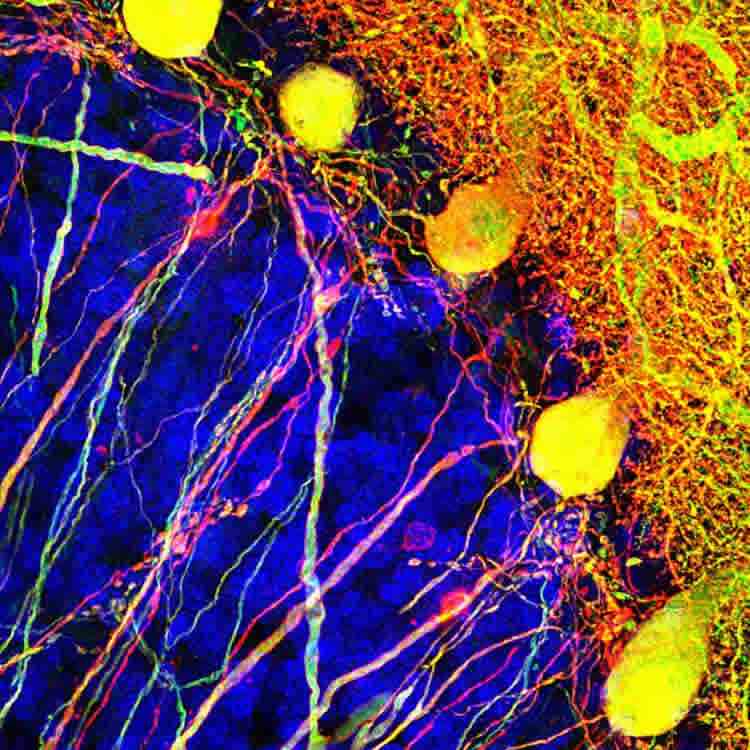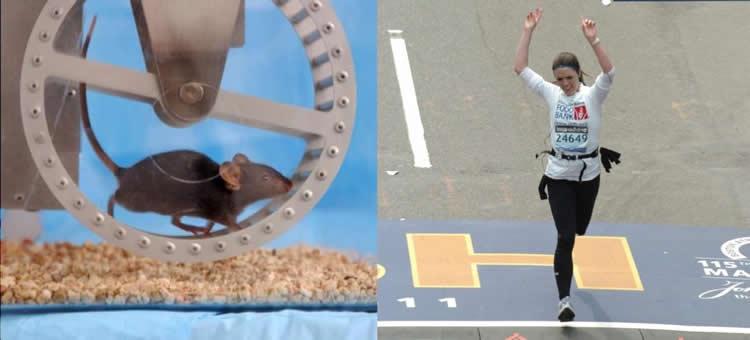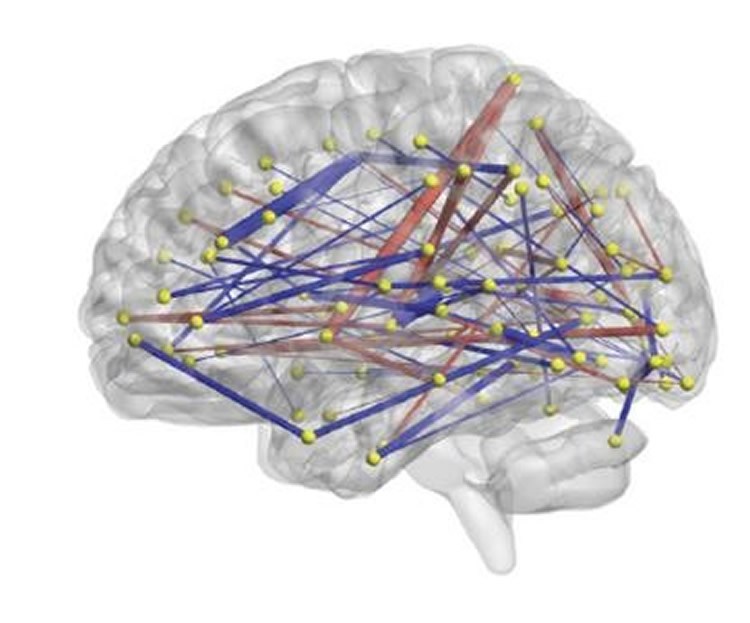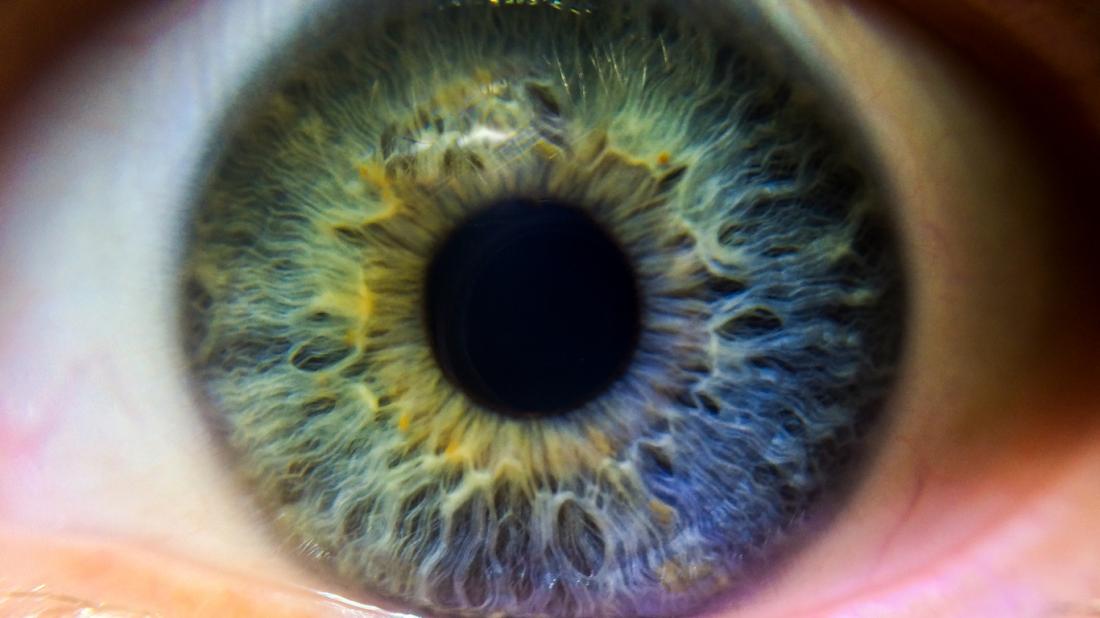Summary: Researchers have developed a novel technique that allows them to insert a gene into Perkinje cells in the adult brain. This approach, researchers say, could be used to change behavior and alter the function of brain circuits. Source: University of Washington Health Sciences. Research shows it is possible to use an optogenetic technique to target select cells in the adult brain in an animal model. UW Medicine researchers have developed a technique for inserting a gene into specific cell types in the adult brain in an animal model. Recent…
Read MoreCategory: Brain
Genetic Gains and Losses in Tourette Discovered
Summary: Researchers discover structural changes in two genes that increase the risk for Tourette syndrome. Source: NIH/NINDS. Researchers have identified structural changes in two genes that increase the risk of developing Tourette syndrome, a neurological disorder characterized by involuntary motor and vocal tics. The study, published in the journal Neuron, was supported by the National Institute of Neurological Disorders and Stroke (NINDS), part of the National Institutes of Health. “Our study is the tip of the iceberg in understanding the complex biological mechanisms underlying this disorder. With recent advancements in genetic research,…
Read MoreCan A Single Exercise Session Benefit Your Brain?
Summary: Researchers document not only the behavioral and cognitive effects of a single exercise session, but also the neurochemical and neurophysiological changes that occur. Source: IOS Press. Even a single bout of physical activity can have significant positive effects on people’s mood and cognitive functions, according to a new study in Brain Plasticity. In a new review of the effects of acute exercise published in Brain Plasticity, researchers not only summarize the behavioral and cognitive effects of a single bout of exercise, but also summarize data from a large number of neurophysiological and…
Read MorePredicting Autism: Study Links Infant Brain Connections to Diagnoses at Age 2
Summary: Researchers use MRI data from six month old babies to show how brain regions connect and synchronize. By using neuroimaging, they were able to predict which infants were at higher risk of developing autism and would be diagnosed with ASD by 2 years of age. Source: UNC. For the first time, autism researchers used MRIs of six-month olds to show how brain regions are connected and synchronized, and then predict which babies at high risk of developing autism would be diagnosed with the condition at age two. A previous…
Read MoreRetinal Cells ‘Go With the Flow’ to Assess Own Motion Through Space
Summary: A new study reveals how specialized cells in the retina sense motion. Source: Brown. Think of the way that a long flat highway seems to widen out around you from a single point on the horizon, while in the rear-view mirror everything narrows back to a single point behind you. Or think of the way that when a spaceship in a movie accelerates to its “warp” or “hyper” speed, the illusion is conveyed by the stars turning into streaks that zip radially outward off the screen. That’s how a…
Read More




